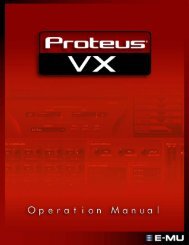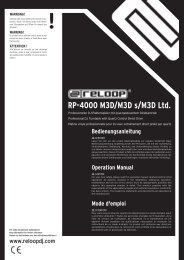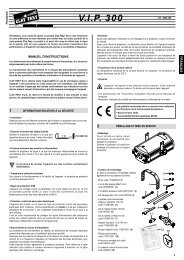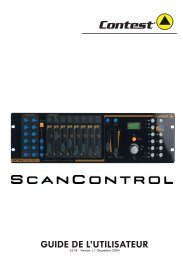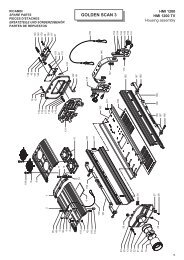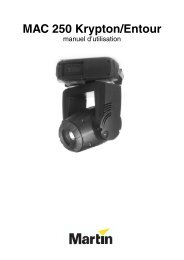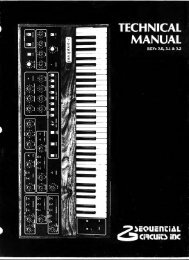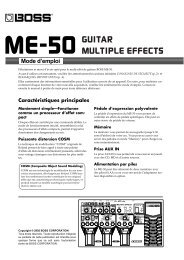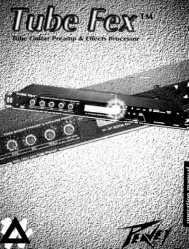You also want an ePaper? Increase the reach of your titles
YUMPU automatically turns print PDFs into web optimized ePapers that Google loves.
300 V 3.0 <strong>Owner's</strong> <strong>Manual</strong><strong>Lexicon</strong>Random AmbienceGeneral DescriptionThe 300's Random Hall effects are designed to add a cushion of reverberanceto recorded music, while leaving the clarity of the direct sound unaffected.Random Ambience is different. It is intended to become a part of the direct sound— to give it both better blend and a definite position in space. Random Ambiencegives warmth, spaciousness and depth to a performance without coloring thedirect sound at all.Random Ambience generates primarily the strong reflections which appear inthe first few hundred milliseconds of the reverberation process. These earlyreflections constitute the primary audible effect, giving you the impression of ahall surrounding you while the music is playing. To avoid any coloration fromthese strong reflections, the time delays and amplitudes are random functions.Random Ambience is very useful for adding a room sound to recorded music orspeech. It is particularly easy to match a studio recording of dialog to a typicalroom environment. In music recording, using Random Ambience is an effectiveway of realistically adding distance to a close-miked signal. If an ensemble hasbeen recorded with close-mikes and pan pots, Ambience can provide themissing blend and depth. The apparent position of the instruments is preservedin the reverb while the apparent distance is increased. Random Ambience isalso useful in matching a closely miked accent microphone to the overallambience of a recording. This allows a soloist to be increased in level withoutchanging the apparent distance. Random Ambience can be used in a recordingsituation any time a close-miked sound is undesireable.Set the SIZE to the desired room size. RLVL adjusts the amplitude of reverberationdefined by RTIM, and can be trimmed to get exactly the effect you need.To use the algorithm with a console, it is best to use a stereo send to the 300,carefully matching the panning of the various close-miked sources to theirpositions in the mix. Leave the MIX control at 100%. The apparent distance ofeach source can be controlled by the level of its feed.4-8


